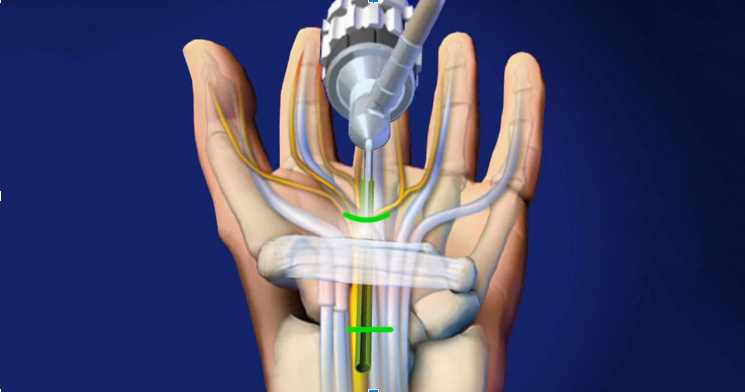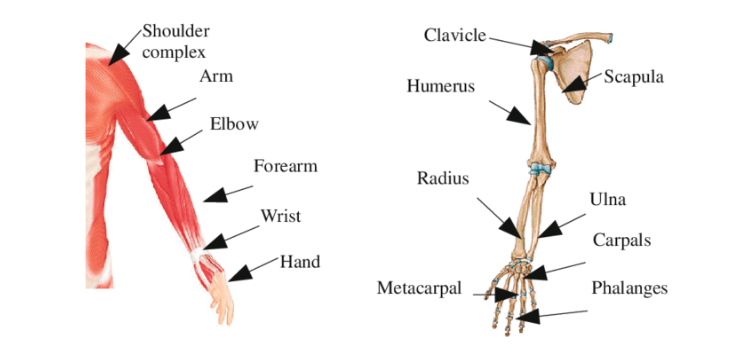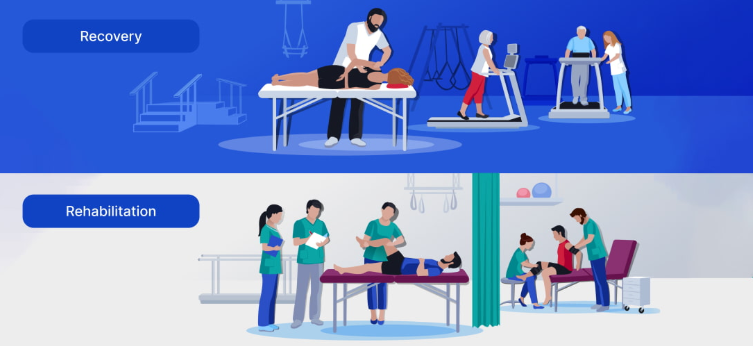Book An Appointment
Hand and Upper Limb Surgery is a unique field that blends orthopedic and plastic surgery, focusing on diagnosing, treating, and rehabilitating issues related to the hand, wrist, forearm, elbow, and shoulder. Given the intricate network of bones, joints, tendons, ligaments, nerves, and blood vessels in these areas, surgical procedures demand a high level of precision to restore function, strength, and mobility.

Hand surgery is a unique field that focuses on addressing issues related to the hand, wrist, and occasionally the forearm. The primary aim is to restore normal function, alleviate pain, and enhance the hand’s appearance. This specialty employs both surgical and non-surgical techniques, depending on the specific condition at hand.
Hand surgery employs a variety of advanced techniques tailored to the specific condition being treated. While traditional open surgery with carefully planned incisions has long been the standard, arthroscopy has gained popularity in recent years. This method allows surgeons to operate using small cameras and instruments through tiny incisions, making the process less invasive. Another crucial technique is microsurgery, which is especially important for reconnecting tiny blood vessels and nerves after traumatic injuries or during replantation procedures where fingers or hands are reattached. These innovative approaches not only enhance precision but also minimize scarring and shorten recovery times for patients.
The recovery journey after hand surgery is just as vital as the surgery itself. Since our hands are involved in nearly every aspect of daily life, rehabilitation is key to regaining strength, flexibility, and coordination. Patients typically need physiotherapy and occupational therapy to fully restore their hand’s functionality. During recovery, splints, bandaging, and structured exercise programs are commonly utilized. The duration of recovery can vary significantly, depending on the complexity of the condition and the surgery performed, ranging from a few weeks for minor procedures to several months for more intricate reconstructions.
In essence, hand surgery goes beyond merely fixing visible damage; it empowers patients to live independently and carry out everyday tasks with ease. Whether addressing traumatic injuries, correcting birth defects, or managing degenerative diseases and chronic conditions, hand surgery profoundly impacts people’s lives. Its blend of technical skill, cutting-edge surgical methods, and committed rehabilitation ensures that patients can regain both the function and strength of one of the most vital parts of the human body.

Upper limb surgery is a unique branch of orthopedics and reconstructive surgery that zeroes in on treating issues related to the shoulder, arm, elbow, forearm, wrist, and hand. This area of the body is incredibly intricate, made up of bones, joints, muscles, tendons, ligaments, blood vessels, and nerves that all work in harmony to enable both big movements, like lifting and carrying, and delicate tasks, such as writing, typing, or buttoning up a shirt. Any injury, illness, or deformity in this region can have a major impact on a person’s everyday life and productivity. The goal of upper limb surgery is to restore function, alleviate pain, and enhance quality of life by repairing, reconstructing, or replacing damaged parts.
Upper limb surgery is a unique branch of orthopedics and reconstructive surgery that zeroes in on treating issues related to the shoulder, arm, elbow, forearm, wrist, and hand. This area of the body is incredibly intricate, made up of bones, joints, muscles, tendons, ligaments, blood vessels, and nerves that all work in harmony to enable both big movements, like lifting and carrying, and delicate tasks, such as writing, typing, or buttoning up a shirt. Any injury, illness, or deformity in this region can have a major impact on a person’s everyday life and productivity. The goal of upper limb surgery is to restore function, alleviate pain, and enhance quality of life by repairing, reconstructing, or replacing damaged parts.

Recovering from upper limb surgery is a gradual journey that hinges on committed rehabilitation. Physiotherapy is essential for regaining strength, mobility, and those all-important fine motor skills. Depending on the surgery, patients might need to wear splints, casts, or braces to support their healing. Managing pain, caring for wounds, and slowly easing back into daily activities are all crucial parts of the recovery process. Occupational therapy often comes into play, helping patients adapt and regain their independence in everyday tasks like dressing, cooking, or working. Ultimately, the success of upper limb surgery relies not just on the procedure itself but also on the quality of post-operative care and rehabilitation.